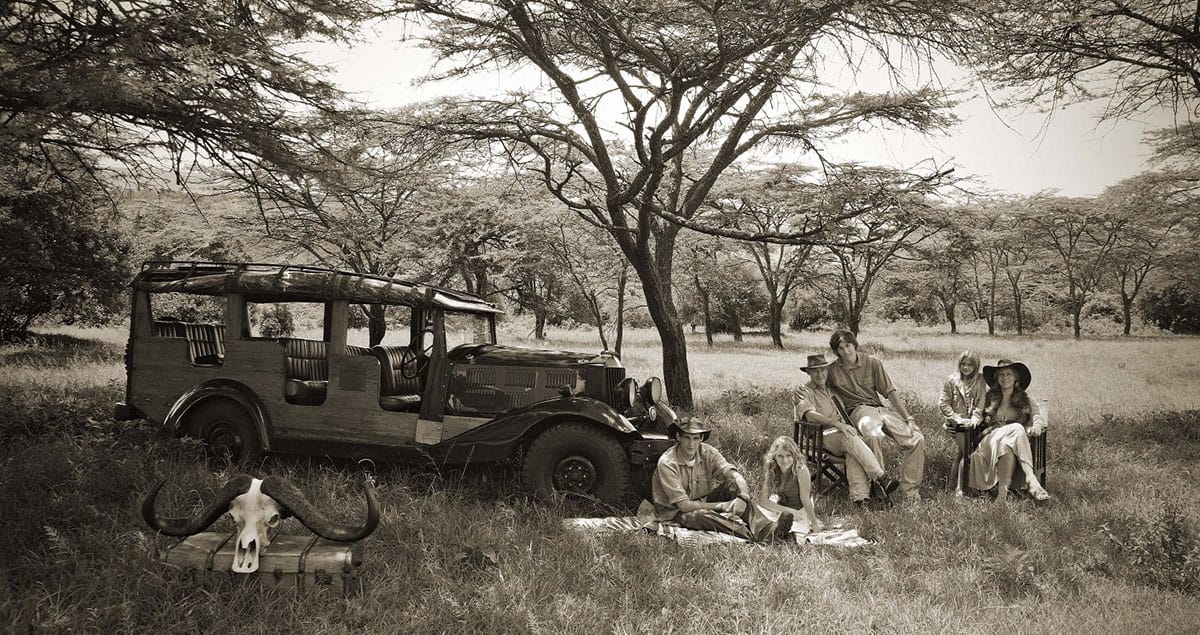A New Direction
The cultural crisis in Kenya in the 1920’s that involved black Africans, the white colonial government, white settlers, and a mostly white missionary community was a difficult but stretching time for the Africa Inland Mission. By 1929, in response to what they considered apathy on the part of the missionaries, nearly ninety percent of AIM’s converts had left mission churches to start their own.
It wasn’t that AIM sided with the government or settler community in believing that they were superior to Africans. In fact, they would have said they were there to serve the good of the Kenyan community by providing quality educational opportunities and the gospel. But there is no doubt that many of these early generation missionaries in Kenya, both at RVA and in the mission at large brought some racist baggage that came out in a number of ways. This was made even worse by an isolationist mentality at the time.
But by 1933 the school was willing to go in a different direction. A major reason for that shift came from the influence of RVA graduates who were coming back to serve and had grown up in the Kenyan culture. Among them was a man named Herb Downing, one of the first Americans born in East Africa. More on Downing and his profound influence on the school and relationship with the community next week.
I’ll close with a quick follow-up from last week regarding the bars on all the windows at RVA. As an illustration of how far we’ve come in our relationship with the local Kijabe community, it is they who would now insist that we have bars on the windows. Not only that, but it was the local Kenyans who urged the school several years ago to beef up security with a fence and guarded gate. They knew it wasn’t a matter of RVA distancing itself from them, but rather of protecting the hundreds of children in the school’s care. It does create a physical barrier that has to be dealt with, but it is with the support and involvement of our Kenyan brothers and sisters.

